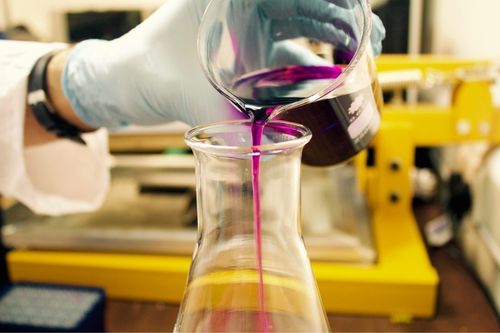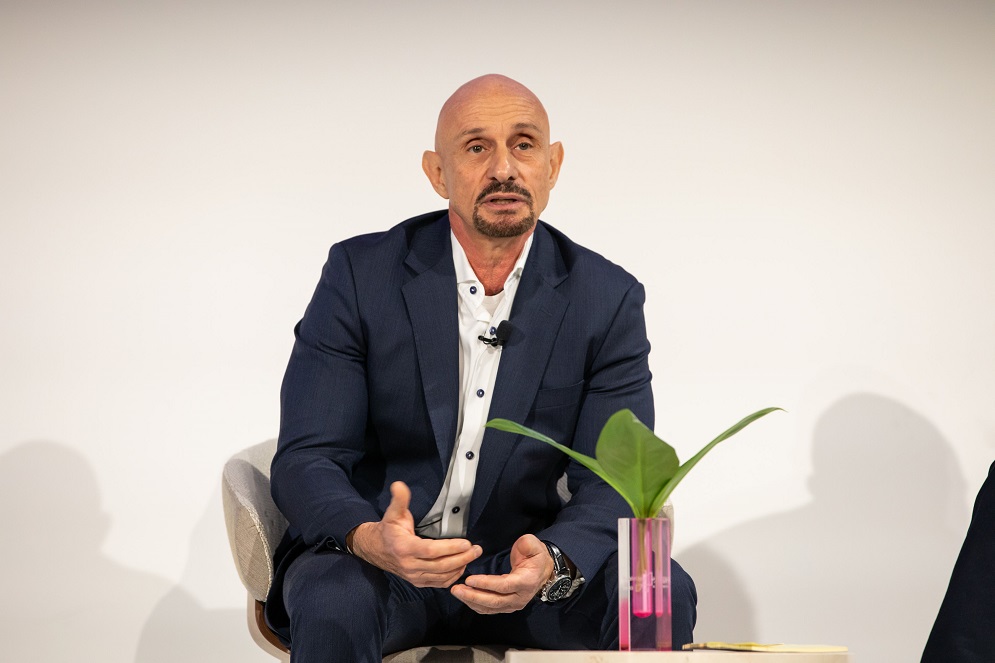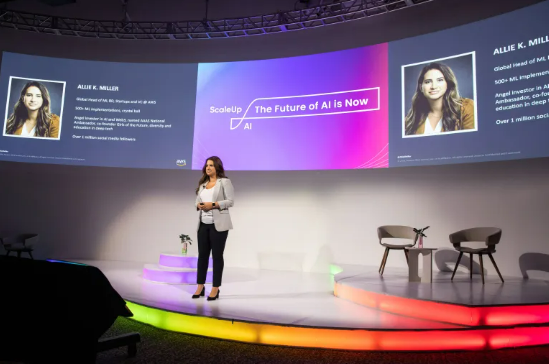Several chemical mixes were more deadly than the extremely toxic VX nerve agent
Using AI for drug discovery is an area where a growing number of organizations are looking to do good. But a new study suggests a darker side: AI tools could be used to develop chemical weapons.
Collaborations Pharmaceuticals retooled an AI drug discovery system to successfully identify 40,000 new potential chemical weapons in just six hours, according to research that was published in the Nature journal and presented at a recent conference hosted by the Swiss Federal Institute for nuclear, biological and chemical protection.
The researchers wrote that the results “ultimately evolved into a computational proof of concept for making biochemical weapons.”
Collaborations’ scientists created a machine learning model that could identify molecular structures related to toxicity. They managed to generate several compounds more toxic than VX, a deadly toxic nerve agent used in the assassination of North Korean leader Kim Jong-un’s half-brother in 2017.
The pharma firm said the results of the rest were a “wake-up call” for those in the AI drug discovery community.
Its results suggest that toxicity datasets that provide a baseline model for predictions related to human health are readily available.
Despite their work focusing on VX-like compounds, the researchers warn the concept was “equally applicable to other toxic small molecules.”
“It is entirely possible that novel routes can be predicted for chemical warfare agents, circumventing national and international lists of watched or controlled precursor chemicals for known synthesis routes.”
The team from Collaborations Pharmaceuticals stressed its work was to raise awareness of the technology. “We should also remain diligent against the potential for dual-use, in the same way, that we would with physical resources such as molecules or biologics.”
Chemical weapons are at the forefront of the public consciousness at present given the ongoing war in Ukraine. The U.S. has said it will respond “aggressively” if Russia does deploy chemical weapons, according to various news reports.
Written by Ben Wodecki and republished with permission from AI Business.



